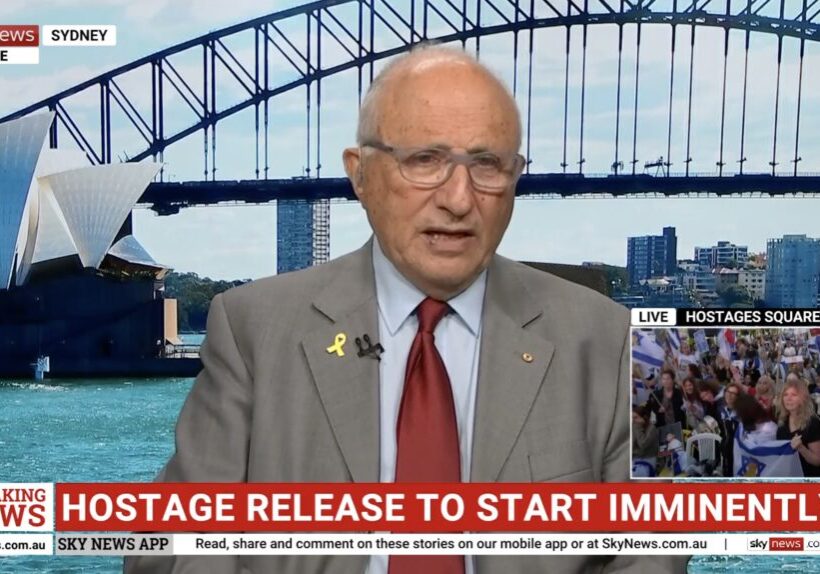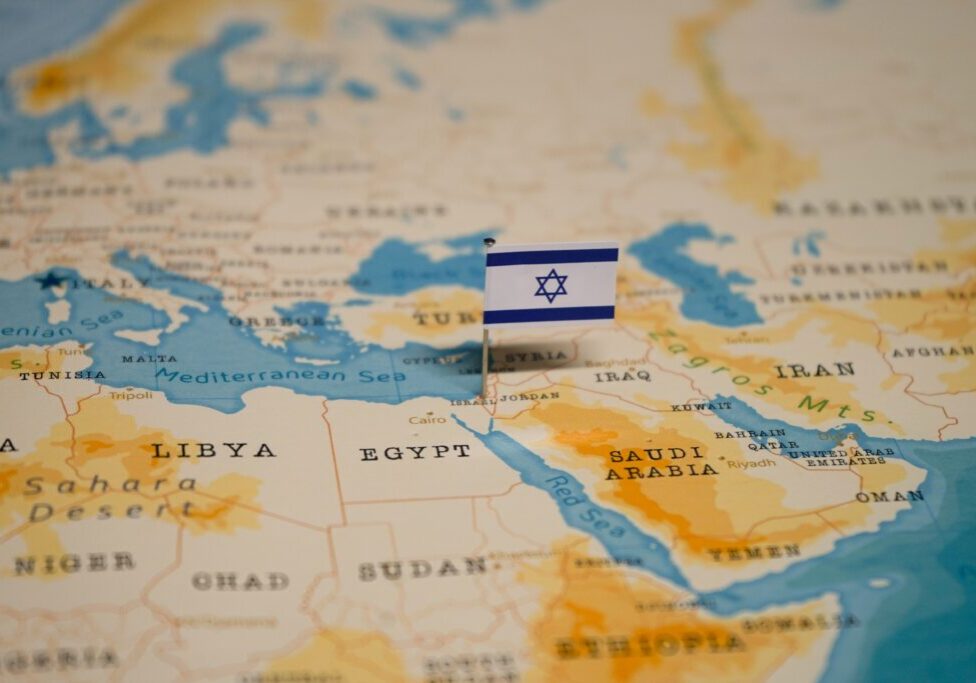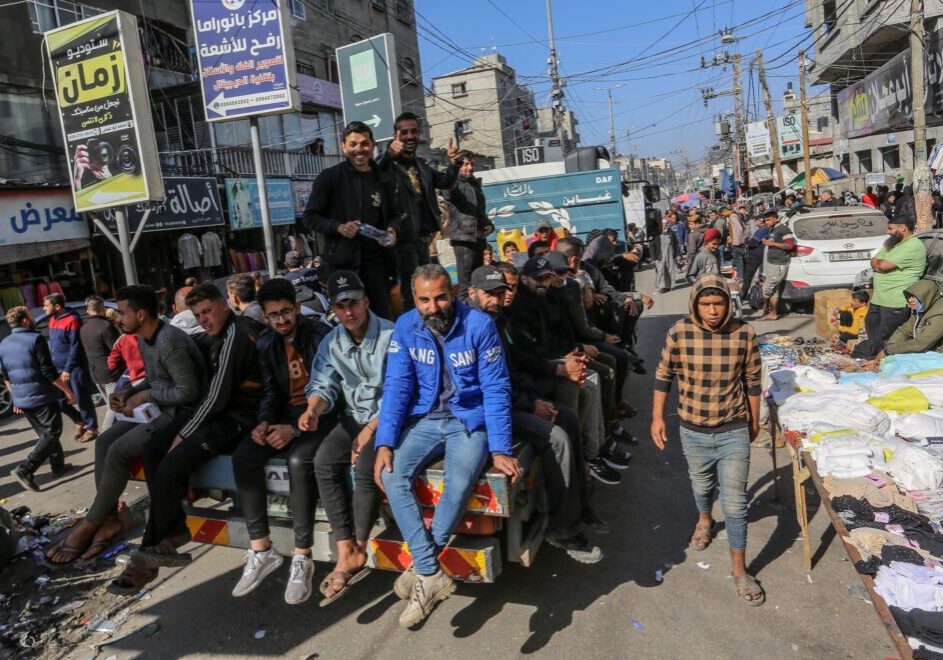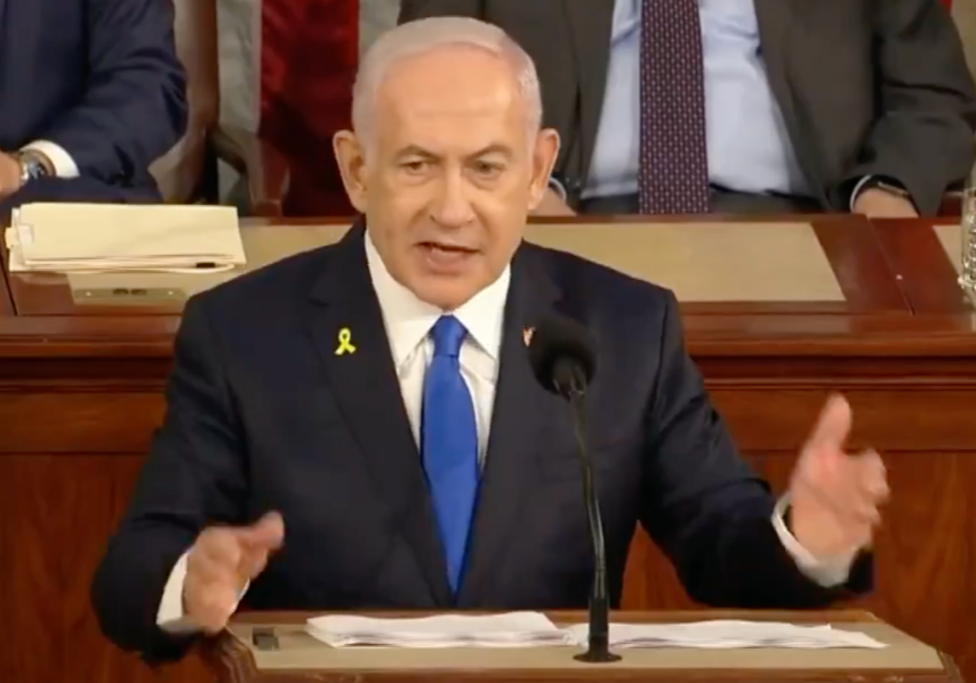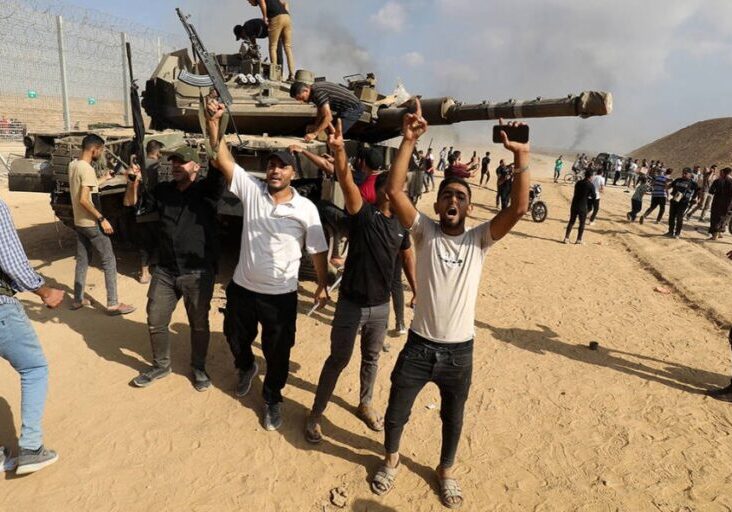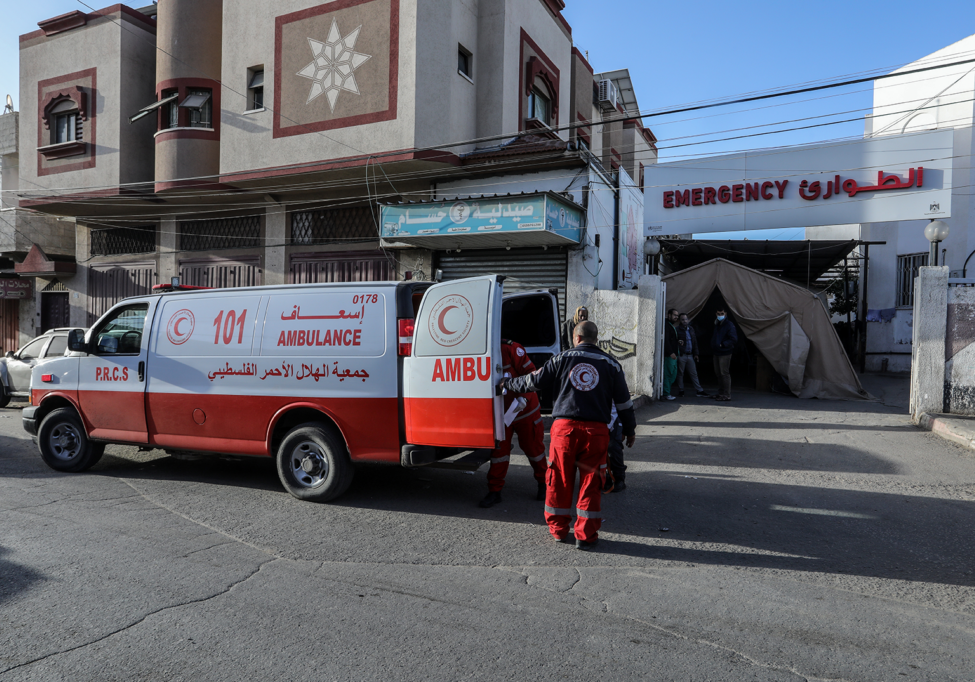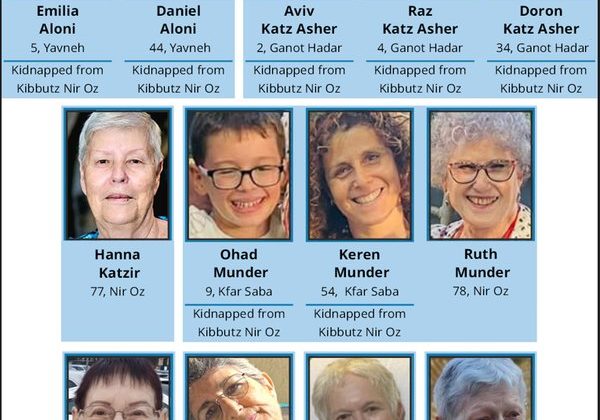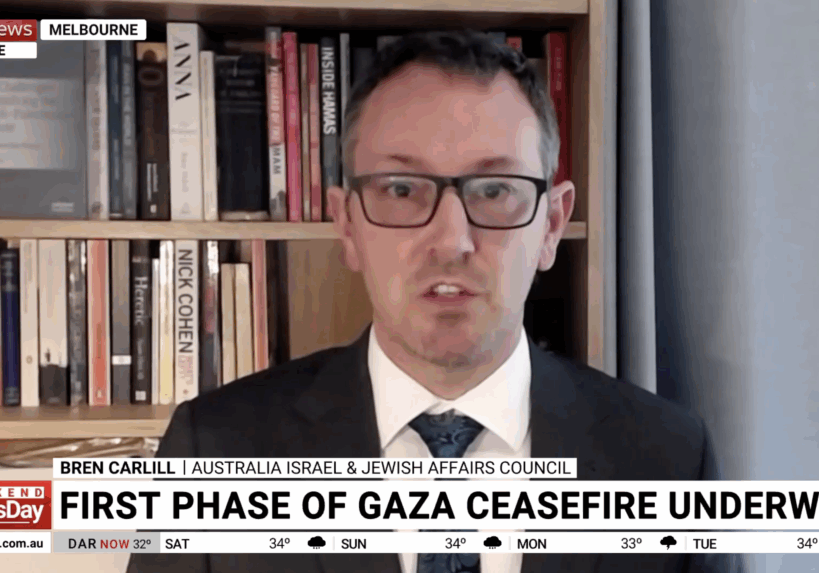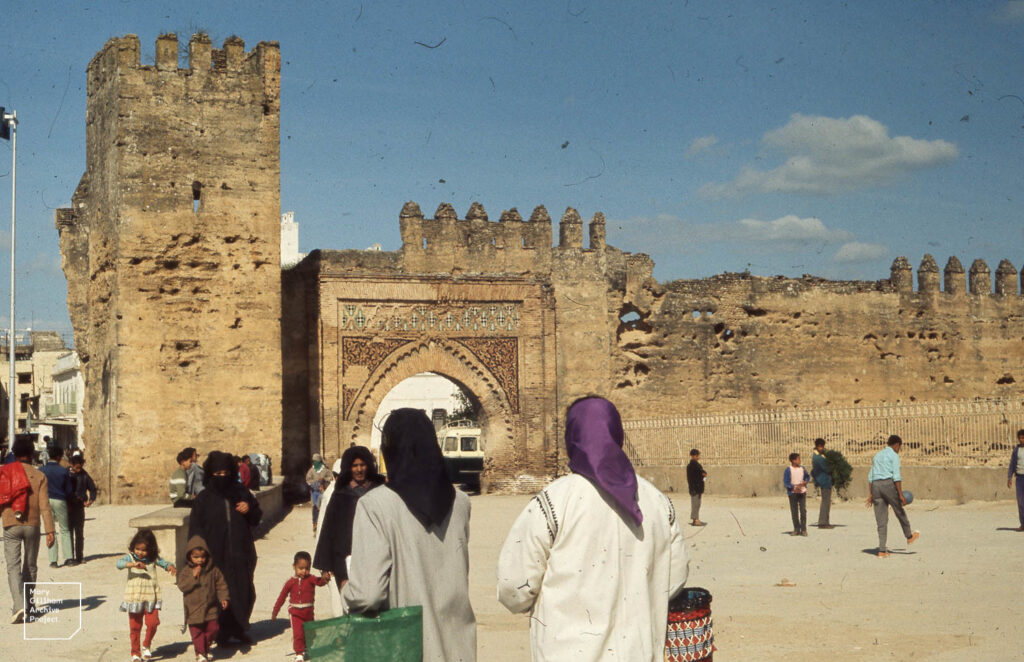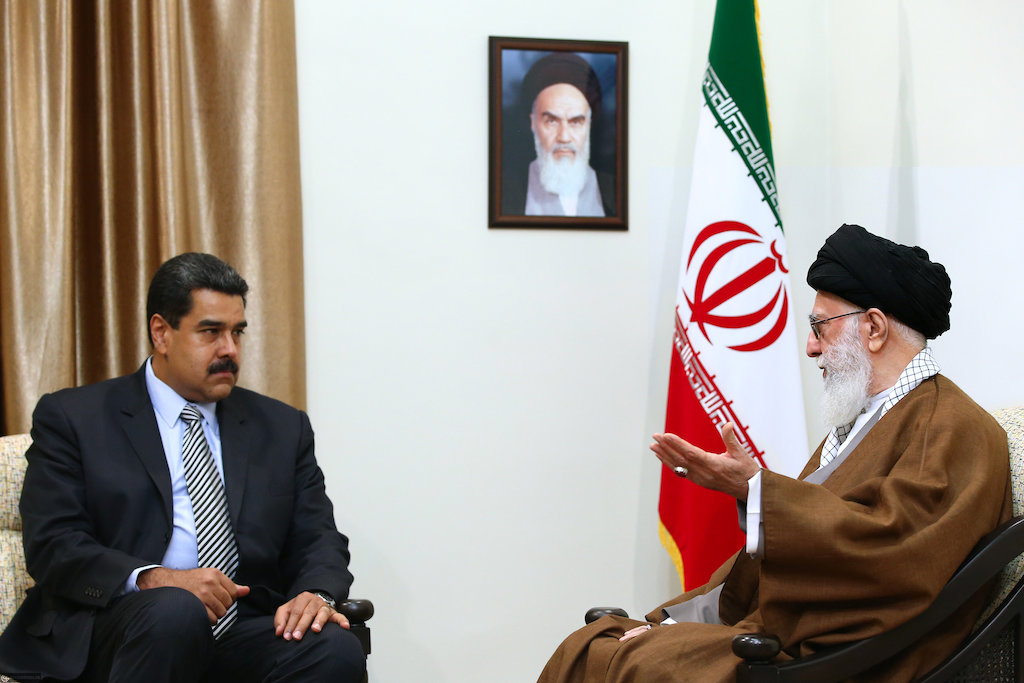FRESH AIR
War Update: Operation Rising Lion: June 18, 2025
June 18, 2025 | Ahron Shapiro
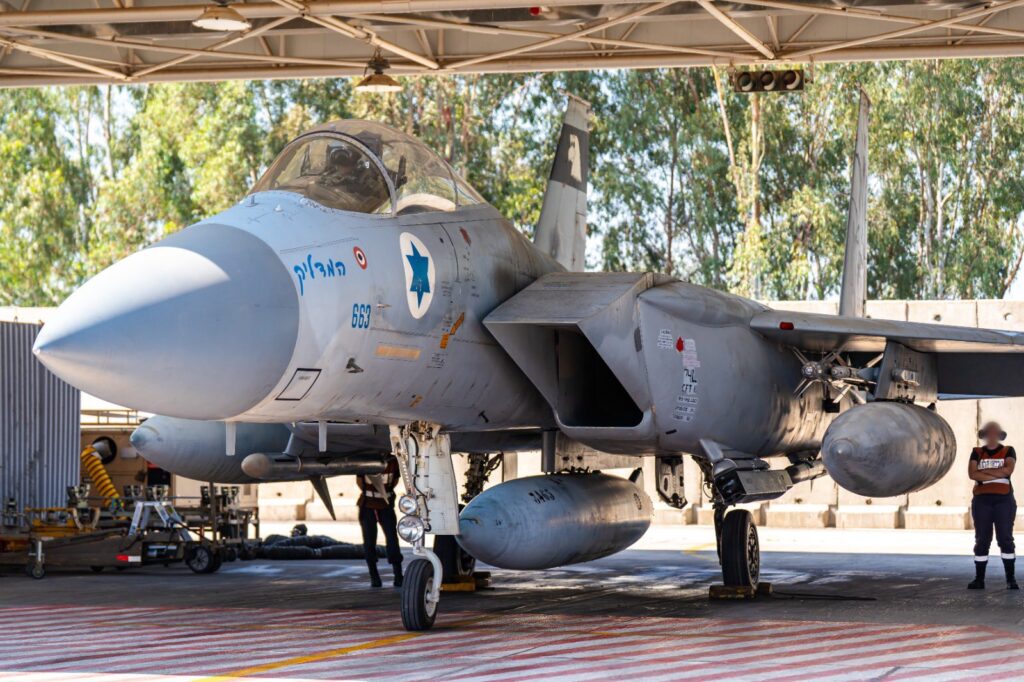
Today’s AIJAC Iran war update once again brings you rare and exclusive interviews, fresh analysis and commentary from Hebrew Israeli media.
Today’s update includes:
- This morning on Army Radio’s “Good Morning Israel Program”, military analyst Amir Ben-Shalom discussed the most recent Iranian targets hit by the Israeli Air Force (IAF) and what targets still remain.
- In an interview for the Israeli station 103FM, Maj. Gen. (Res.) Gershon Hacohen – a military thinker with a background in philosophy – explains how Iran’s nuclear ambitions might not be stymied by the current war, however successful.
- Like something out of a movie script: Walla’s senior military analyst Amir Bohbot reveals the sophisticated planning behind the IAF’s opening attack at the start of Operation Rising Lion that successfully eliminated ten top Iranian military commanders in 12 minutes and paved a path for unlimited bombing runs to follow.
- In Israel Hayom (Hebrew), against the backdrop of repatriation flights landing in Israel in the middle of the war, Hebrew University President Prof. Asher Cohen marvels at the Israeli bond with their people and their country.
Amir Bar-Shalom: Western Iran’s missile launchers likely destroyed
“Good Morning Israel”
Host Efi Triger: Now we will truly wonder about the possibility of the United States joining the war against Iran, but first, Israel continues its bombings, still alone. The Air Force attacked several regime targets in the Tehran area last night. How many targets remain to be attacked? Our military and security commentator, Amir Bar Shalom. After all, the IDF estimates that the Iranian target bank will be exhausted within about a week. Shalom, Amir.
Amir Bar-Shalom: Good morning. Let’s just say Iran is big enough and has waited a long time, for almost five decades, to build this up. There will still be targets.
Let’s really go to Israel’s attacks last night. So last night, we are talking about a variety of targets. Let’s start with the military targets. We are talking about three targets, all of which are missile industries. One near Parchin, that base that the Iranians have been trying to hide and close for a long time. Another target in the city of Karaj. Karaj, let’s remember, is where Iran’s main centrifuge factory is located, and another factory in the suburbs of Tehran.
In addition, the bombing of the university, Imam Hussein University, an extremely Islamist university, of course, I would say the feeding pipeline of the Revolutionary Guards. And at dawn, around 4:30 AM, an evacuation warning for District 18 of Tehran. This is a district with 450,000 residents. Why is this district being asked to evacuate?
It is close to the industrial zone and also close to the military airport, Mehrabad military airport, located, let’s call it, in the vicinity of Tehran itself. So we see a focus of effort tonight also on the missile industry, non-qualitative targets, and Israel with an evacuation order for almost half a million Iranian citizens.
We can also see, and you mentioned it earlier, that tonight we are talking about two barrages, close to thirty missiles, almost all of which were intercepted, and three more UAVs. What do we learn from this? That the numbers are still very, very small, dozens of missiles, not many. It is very possible that this indicates an Iranian difficulty.
Let’s just say that the firing tonight from Iran is firing that comes from the center of the country, meaning Israel has managed to push the Iranian ground-to-ground missile array from western Iran further east. And one more piece of information that needs to be paid attention to, Efie, and in my opinion it’s one of the most interesting: This morning, the BBC published an amateur photo showing American F-35 fighter jets taking off together with two tankers heading east, towards the Middle East, and this aerial movement has been continuous for three days.
Meaning we see the United States here building up strength, and this connects to your words at the beginning of this hour: Is the United States about to enter the fighting against Iran?
And one more interesting piece of information: Today, President Trump’s lunch with whom? With the Chief of Staff of Pakistan.
Why? I remind you that Pakistan at one point said it would supply military equipment to Iran. Meanwhile, in the last forty-eight hours, it has closed the border. It could be that the United States here is tightening its diplomatic, and not just military, preparations for an attack.
Maj. Gen. Gershon Hacohen: “We did change the face of the Middle East”
June 16, 2025
Reserve Major General Gershon Hacohen, former commander of the General Staff Corps and the 7th Brigade, spoke with Erel Segal and Eyal Berkovich about Operation Rising Lion and the message Israel conveyed to Iran and the world.
“We had been preparing for this for many years, and the conditions created over the past eight months gave it huge momentum. If we had ended the war in the north in June-July, as Biden wanted, and there had been readiness for it, we would have ended up with the Hochstein agreement. All of Hezbollah would have remained with its full capabilities, and now there would be a big celebration. Hezbollah is in a different place today, and Syria has collapsed, which also allows flights over Syria. All these conditions are the huge tailwind behind the decision that the time has come to do what must be done in Iran,” Hacohen explained.
According to Hacohen, “It may be that in the end they have the capability to assemble that weapon (the nuclear one), but that doesn’t mean what we did is pointless, because what we did changed the face of the Middle East. The State of Israel demonstrated enormous daring and exceptional comprehensive military capability — the ability to enter the lion’s den of Iran. Even if they (get a nuclear bomb), we undertook a tremendous move to do everything in our power to prevent it.”
If a month from now the war ends, and we realize they can make a bomb within a month — then what do we do?
“Then we rethink and go into another campaign. There is absolutely no way to guarantee that the bomb won’t be in their hands.”
He added: “War is not something that is assessed by one outcome with a single criterion. War is a chaotic event. The very readiness to enter a war is a great act of daring and a powerful message to the region — that the people of Israel are ready to defend their existence and unite in order to defend their existence — and the results are impressive. It’s true that in the meantime we are paying a price, and it is by no means negligible, but the demonstrated capability is a message to the entire region, and no one knows what it will lead to. We’ve begun to roll a snowball — it might stop 10 meters down the road with nothing, and it might be something that causes… I’m optimistic. I believe good things will happen.”
“Red Wedding”: The plan to eliminate Iran’s security leadership sparked the imagination
The codename for the operation in which senior officials of the ayatollahs’ regime were eliminated was taken from the series Game of Thrones, and provided inspiration to officers in Military Intelligence and the Air Force. Sources in the security establishment said that the plan bordered on the fictional, but in the end, the system succeeded in timing the elimination of the top leadership: ten senior officials within 12 minutes.
Amir Bohbot
At the end of November 2024, the Israeli security establishment decided to begin battle procedure planning for a broad operation in Iran that would deliver a severe blow to its nuclear project. Now, new revelations are emerging from behind the scenes of the plan that eliminated the top echelon of Iran’s security leadership.
While IDF forces were fighting Hezbollah in Lebanon, senior officials from Military Intelligence (Aman) and the Air Force convened at a hotel in central Israel for about ten hours, aiming to identify the centres of gravity in the war—targets which, if struck, could maximize the achievement. Senior figures from the General Staff responsible for command and control emphasized the air defence array, which was meant to establish aerial superiority, the array of unmanned aerial vehicles, the missiles and launchers, and finally, the components of the nuclear project.
Following the gathering, a workshop was held with 120 officers, from lieutenant colonel to brigadier general, from Military Intelligence and the Air Force, at the 8200 base, to analyse the wealth of intelligence and formulate a course of action. The minds involved in the workshop searched for one space, one central figure, a safe or a computer that could yield intelligence capable of breaching the core secret and answering the question: how to break through Iran’s defensive walls and strike at the centres of gravity? Three months passed, and no clear answer emerged—so the pressure intensified.
Starting in February, they reconvened and decided to pursue several solutions in parallel: a strike on multiple groups simultaneously that would enable the opening of a secured corridor from Israel to Iran. By March, it was already clear that the plan was complete. The head of Military Intelligence, Major General Shlomi Binder, summed it up: to render the distance—the 1,500 kilometres between the countries—non-existent, with all that this implies.
The secret plan, which required supreme precision to eliminate the senior figures at the top of Iran’s security establishment, fired the imagination of the officers in Military Intelligence and the Air Force, who gave it the codename: “The Red Wedding”—after the event in the series Game of Thrones…
Sources in the IDF who were exposed to the details of the operation said it bordered on the fictional, difficult to explain, and was carried out at a range of over 1,500 km from the State of Israel. The security establishment succeeded in timing the elimination of the top echelon within 12 minutes—ten senior officials.
According to the sources, more than 200 fighter jets participated in the strike on over 100 targets across Iran. Each squadron received a group of senior officials’ names organized by terrain zones that it was to handle. The main challenge was coping with the distances between the different geographic locations, and the spread of the senior officers—foremost among them the Iranian Chief of Staff and members of the General Staff. Some were at home, in bed asleep, others were at headquarters or other locations.
The successful assassinations constituted a critical breaking point for the regime of the ayatollahs, because in the initial moments when the army and the Revolutionary Guards tried to build a situational picture and issue orders in response to the IDF, there was no one to make decisions—according to IDF sources.
Already in the early hours, it became clear that the three most senior military commanders of the Iranian regime had been eliminated: Chief of the Armed Forces, Mohammad Hossein Bagheri; Commander of the Revolutionary Guards, Hossein Salami; and Commander of Khatam al-Anbiya (the emergency command), Gholam Ali Rashid. As time went on, the list continued to grow.
Military Intelligence and the Air Force take pride in the codename given to the operation to eliminate the senior officials, because it became a metaphor for brutal betrayal masked by calm—and very quickly into a ruthless move aimed at breaking the enemy’s backbone through tools of war and thinking that was cruel, creative, and surprising.
The senior group that was eliminated was not just the decision-making echelon, but also “iconic” security figures not only in Iran, but globally. Therefore, it quickly became a critical breaking point for the regime of the ayatollahs. In hindsight, the move may well be defined as a game-changing operation that will echo for decades to come in Iranian society—a consciousness-shattering opening blow.
Rescue Flights to a War Zone: Only in Israel
Rescue is almost always from a dangerous place to a safe one, but describing the return of Israelis from abroad as a “rescue” defies logic: they are flying from a place where there is no war to a region hit by rockets.
The reason: arriving in Israel is Aliyah, because it reflects a transition from a lower place to a higher one in moral terms – and that warms the heart and inspires hope.
Prof. Asher Cohen
In the Hebrew language, as in any language, there are ordinary words used in daily life which, against the backdrop of certain historical, cultural, ideological, and moral contexts, take on significant and expansive meaning.
“Degenerate cowards” (“Nofelet shel nemushot”) became one of Yitzhak Rabin’s most famous expressions when referring to Israelis who emigrated from the country. This was Rabin’s way of expressing his opinion about a phenomenon that he and many others considered nationally negative. Not “immigrants,” a neutral term, or even just “those leaving.” Yordim — those going down.
The positive counterpart to the yordim, as is well known, are the olim to Israel. Aliyah and yerida, olim and yordim, are words whose cultural, moral, and national context still gives them meaning today far beyond their usual literal sense.
With the outbreak of the war against Iran, a rare Israeli phenomenon repeated itself — one that has been observed many times before: the desire of masses of Israelis who were abroad to hasten their return to the country. It was clear to everyone that Iran’s ballistic missiles posed a much more significant threat to the Israeli home front than anything previously known, including during the War of Iron Swords. The real danger was proven, unfortunately, not only through widespread destruction but also through the deaths of more than 20 people and dozens more injured, all civilians.
And so, against this backdrop, the most commonly used term in Hebrew stood out across all reports that focused on the phenomenon: rescue flights. The airline Arkia reported that it was “preparing for the reopening of the skies and building a special rescue flight schedule.” El Al reported that more than 60,000 people had registered on the company’s website “after the link to sign up for the rescue flights went live.”
And so the reports continued, referring to “registration for rescue flights to Israel,” in one phrasing or another. English-language websites and newspapers published in Israel also tended to use the term rescue flight in continuation of the Hebrew term.
But if we stop to think for a moment, we always rescue people from a place or situation that is bad for one reason or another, to better places. Rescue units rescue people from the rubble and outwards. A rescue is almost always from the more dangerous place to the safer place.
From here it is understandable why, in a fairly lengthy report on the subject in The New York Times, the term rescue flight did not appear at all. Instead, they were content with a description like “flying Israelis back.” Other reports used phrasing such as “returning home.”
For the non-Israeli reader, detached from the national cultural context, describing the phenomenon as a rescue flight is linguistically inconceivable. Against a different, foreign cultural background, it makes no sense at all to describe people flying from a safe place with no war to a war zone under missile fire as being rescued.
It should be emphasized that if there weren’t many other terms available to describe the phenomenon, the language issue could be dismissed as something not necessarily meaningful. But Hebrew has options such as to fly, to return, or simply to bring people to Israel.
But it was naturally described as a rescue operation and as rescue flights because, consciously or unconsciously, there is a parallel here to olim and aliyah. The arrival in Israel from abroad is aliyah (ascent), because it reflects a transition from a lower place to a higher one in terms of values. Aliyah is the realization of a certain ideal.
And so too, those who found themselves abroad — and without being exposed to any particular danger — long to be rescued from there, even though this is a rescue that brings them to a place that is currently dangerous to be in…
And that warms the heart and stirs hope. In the face of all the crying and lamenting about the supposedly growing phenomenon of yerida (emigration), and the supposed desire of many to leave — the truth for the great majority here is different. They want to be rescued to Israel.
Tags: IAF, IDF, Iran, Israel, Operation Rising Lion
RELATED ARTICLES

Sentencing for antisemitic vandalism “manifestly inadequate”: Joel Burnie on Sky News

“Bittersweet” aftermath of hostage release deal: Joel Burnie on Sky News
